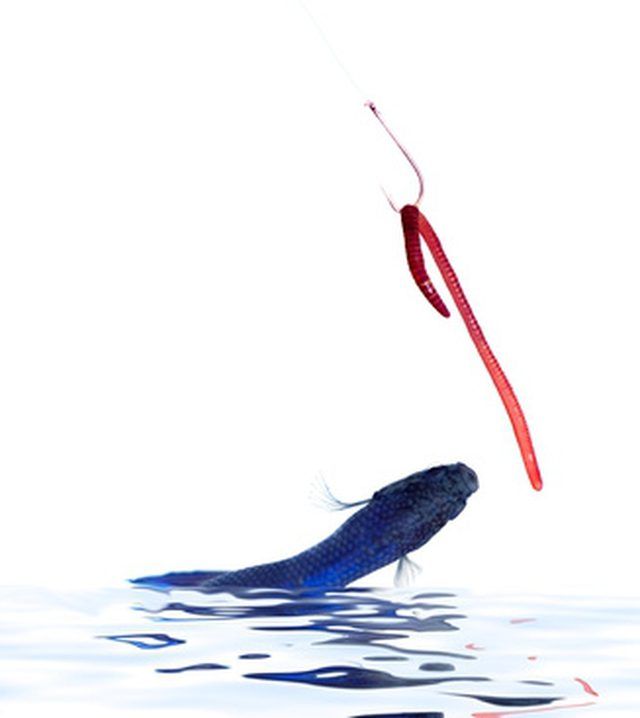Bulbs
Flower Basics
Flower Beds & Specialty Gardens
Flower Garden
Garden Furniture
Garden Gnomes
Garden Seeds
Garden Sheds
Garden Statues
Garden Tools & Supplies
Gardening Basics
Green & Organic
Groundcovers & Vines
Growing Annuals
Growing Basil
Growing Beans
Growing Berries
Growing Blueberries
Growing Cactus
Growing Corn
Growing Cotton
Growing Edibles
Growing Flowers
Growing Garlic
Growing Grapes
Growing Grass
Growing Herbs
Growing Jasmine
Growing Mint
Growing Mushrooms
Orchids
Growing Peanuts
Growing Perennials
Growing Plants
Growing Rosemary
Growing Roses
Growing Strawberries
Growing Sunflowers
Growing Thyme
Growing Tomatoes
Growing Tulips
Growing Vegetables
Herb Basics
Herb Garden
Indoor Growing
Landscaping Basics
Landscaping Patios
Landscaping Plants
Landscaping Shrubs
Landscaping Trees
Landscaping Walks & Pathways
Lawn Basics
Lawn Maintenance
Lawn Mowers
Lawn Ornaments
Lawn Planting
Lawn Tools
Outdoor Growing
Overall Landscape Planning
Pests, Weeds & Problems
Plant Basics
Rock Garden
Rose Garden
Shrubs
Soil
Specialty Gardens
Trees
Vegetable Garden
Yard Maintenance
Earthworm Vs. Red Wigglers
Earthworm Vs. Red Wigglers. "Earthworm" is a generic term that can refer to any annelid (segmented worm) that burrows into soil and is a member of the class Oligochaeta. The red wiggler is a type of earthworm that is popularly sold for use in compost bins or as bait for fish.

"Earthworm" is a generic term that can refer to any annelid (segmented worm) that burrows into soil and is a member of the class Oligochaeta. The red wiggler is a type of earthworm that is popularly sold for use in compost bins or as bait for fish.
Red Wigglers
The red wiggler (Eisenia fetida) originated in Europe. It is a rusty brown earthworm that grows to about 3 inches in length. Eisenia fetida may also be called a red tiger worm because of the alternating yellow and maroon bands of color down the length of its body.
Earthworms for Composting
Red wigglers and night crawlers (Lumbricus terrestris) are the most frequently marketed earthworms for compost bins. But according to a composting fact sheet published by Washington State University, red wigglers adapt the best to a compost box environment.
Earthworms and Fishing
Red wigglers and night crawlers are commonly sold as fish bait. Some anglers prefer night crawlers because they are large, which makes them easier to place on a fish hook. Others prefer red wigglers because, as their name suggests, they stay alive and wiggle about in the water for longer periods of time.
Red Wigglers as Food for Pets
According to Jonathan Crowe, author of an article on feeding garter snakes, there is anecdotal evidence suggesting that red wigglers should not be used as food for snakes. The red wiggler diet may produce substances toxic to snakes and potentially other pets as well.
Earthworms and the Forest
According to an article published by the Great Lakes Worm Watch, earthworms can have a negative impact on hardwood forests and should not be released into non-native environments. Worms used for fishing bait should be discarded into water, not onto the ground. Worm castings from compost bins should be frozen to kill earthworms before use in the garden.